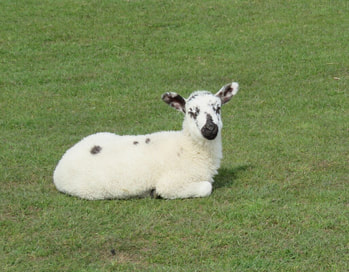
We're bound for Warriner's Wood on an annual quest to find toothwort. But there are distractions along the way. I hear tell of toothwort by Romney Bridge, below alder trees, toothwort of a purplish hue.
Must go and investigate.
https://www.bbc.co.uk/programmes/m001k
To heed the message, to act upon it, you have to feel it deep in the heart and coursing through the blood. If anything can do that perhaps it's WIld Isles which is superb in so many ways.
I was listening to skylark, now in full song. And that lovely bubbling call of curlew. A stonechat called and another perched on the same tree it chose for a display post last year. Tom Service's half-hour programme is one of his most thought-provoking. His exposition of George Fenton's theme music for Wild Isles is insightful and he considers how we hear the music of the wild, if we hear it, if there is wild in 2023.
For a writer, there are always other influences at play and this spring it's WIld Isles and, most recently, Wild Isles WIld Music. That wistful theme music by George Fenton has echoes of all that is being lost to us in the Natural World. I sensed that in hearing the bubbling call of a curlew flying over what is now a building site at Brigtsteer RIse and used to be pasture where barn owl and kestrel hunted, where meadow saxifrage flowered.
On Bank Holiday Monday I went to Romney Bridge in search of toothwort and found it across the RIver Kent from the Shell Garage, not the ancient woodland habitat I associate with this saprophyte. It grew beneath a mature hornbeam which had shed its catkins all about the toothwort. 'Caterpillars' a little boy at SIzergh called them, and why not. Hornbeam grow along the river bank, one with last summer's feathery seed-heads intact, most coming into catkin and the first few leaf buds opening. So, if you don't know toothwort look for it beneath a hornbeam approaching Romney Bridge, it appears each spring. It's rare or scarce in the UK, drawing nutrients from a host tree often in deciduous woodland. Apparently a river bank is not an unusual habitat. I wonder why toothwort surrounds this sole hornbeam, other trees had none.
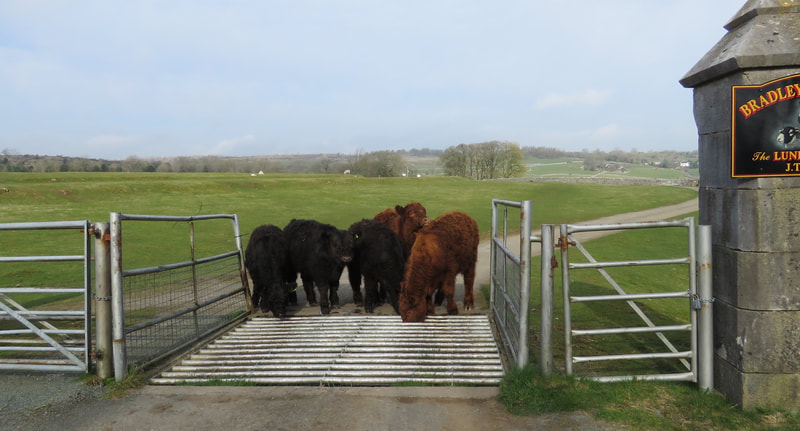
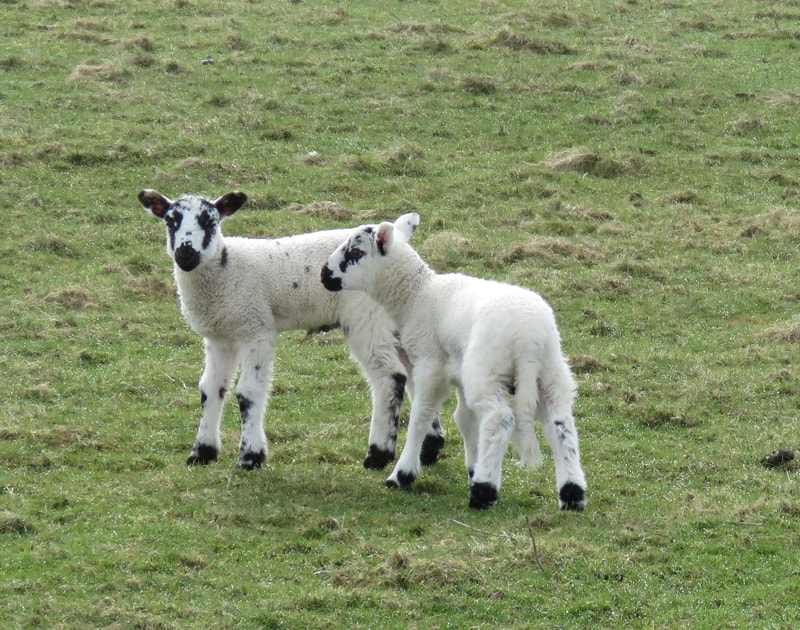
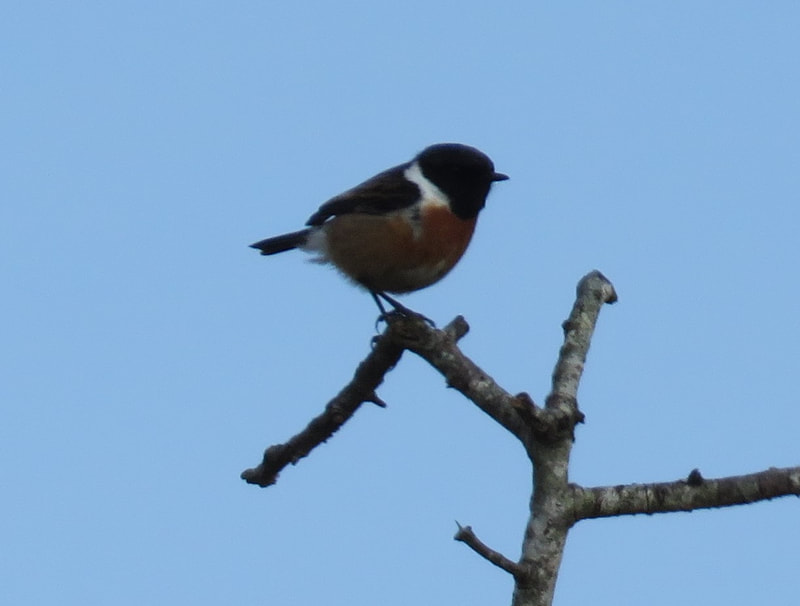
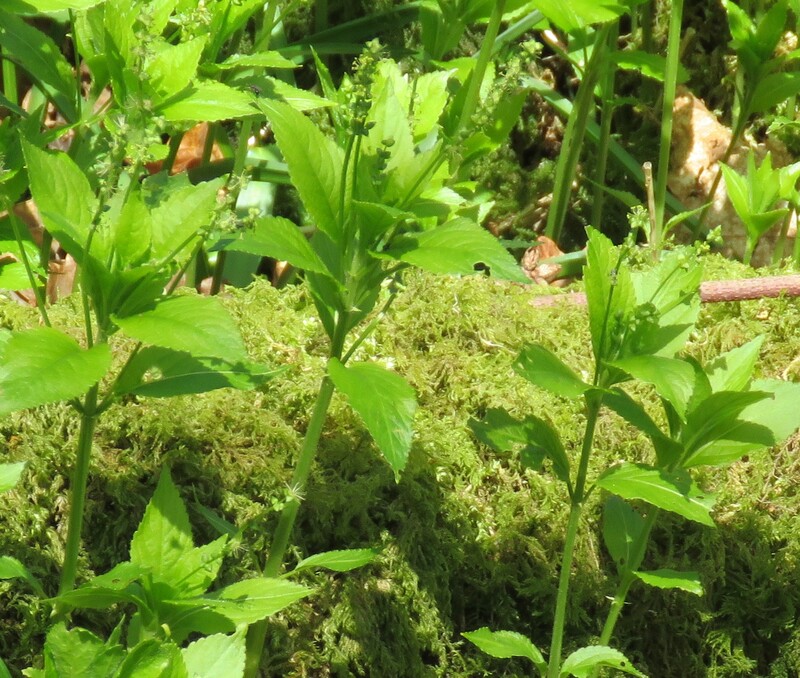
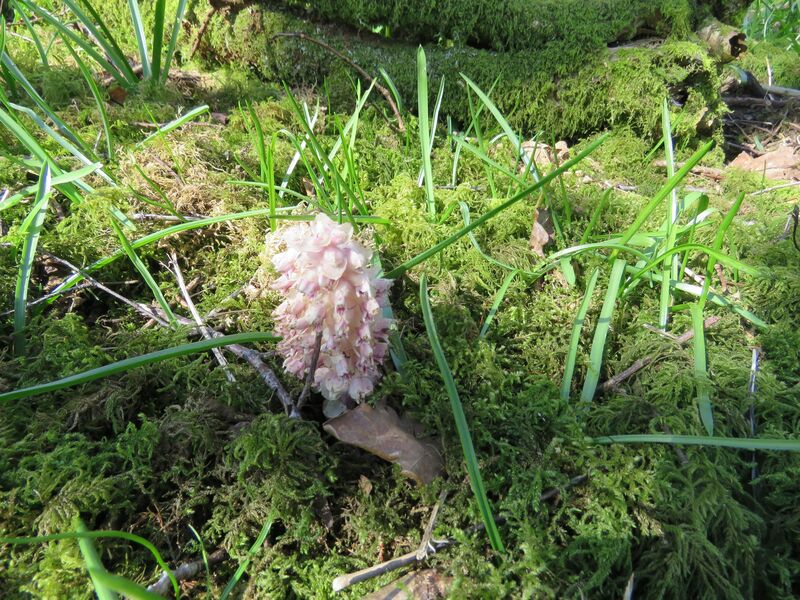
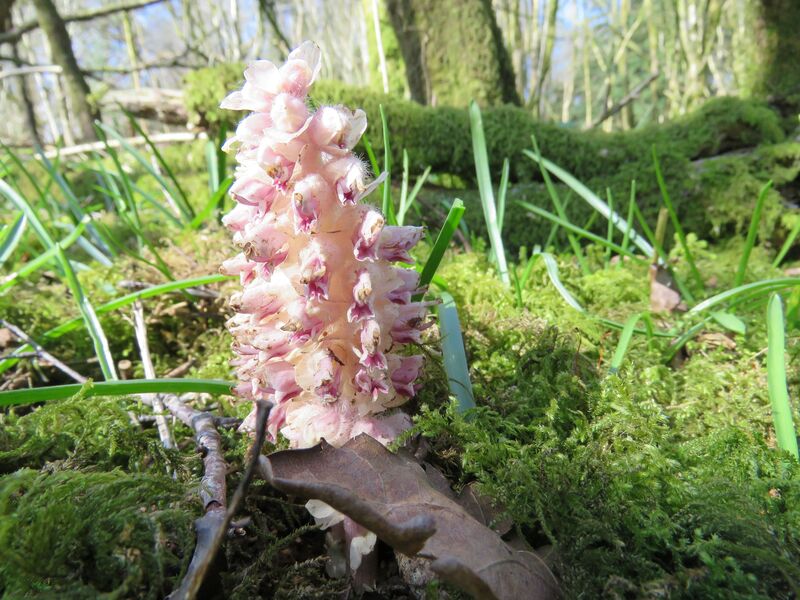
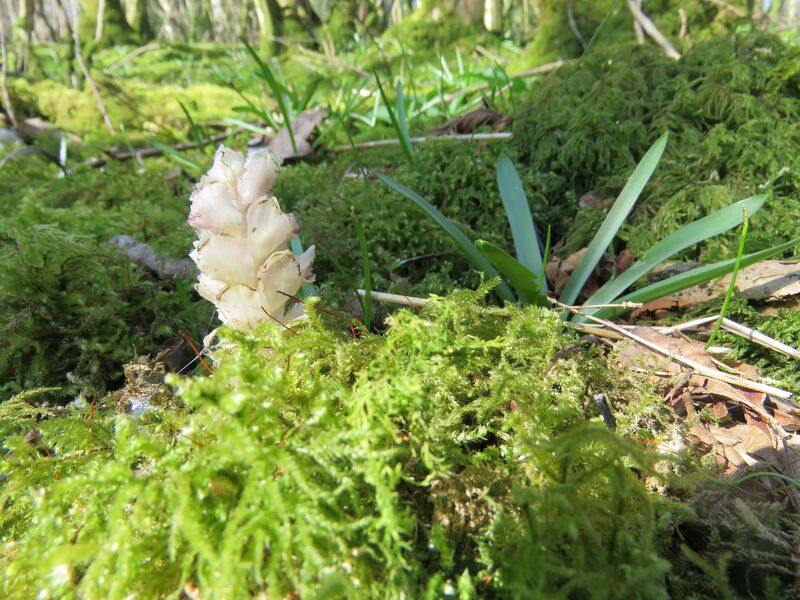
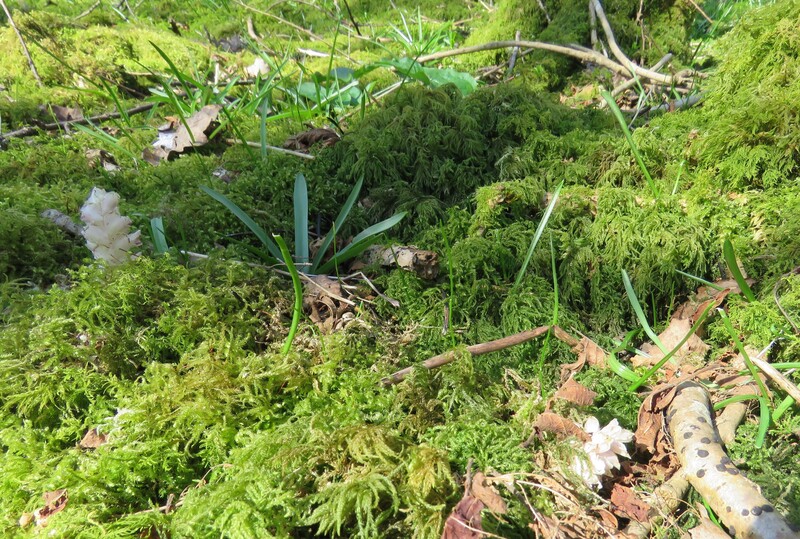
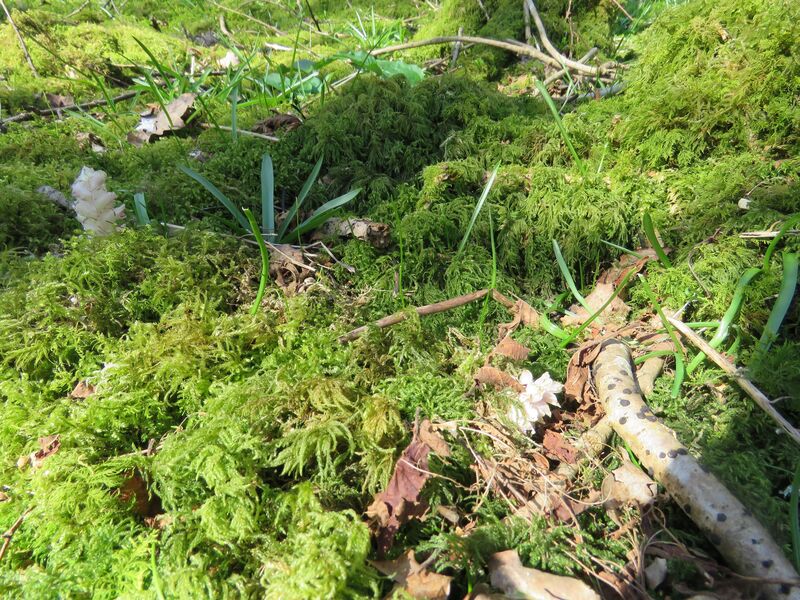
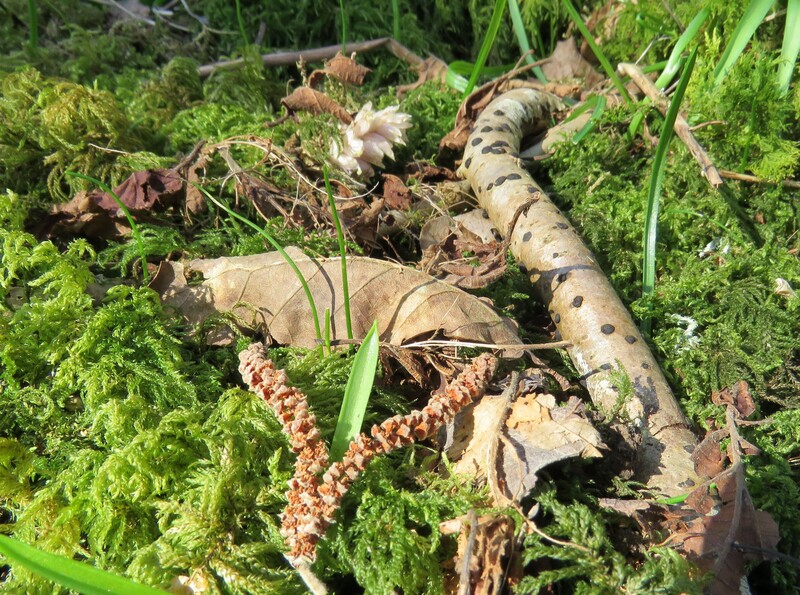
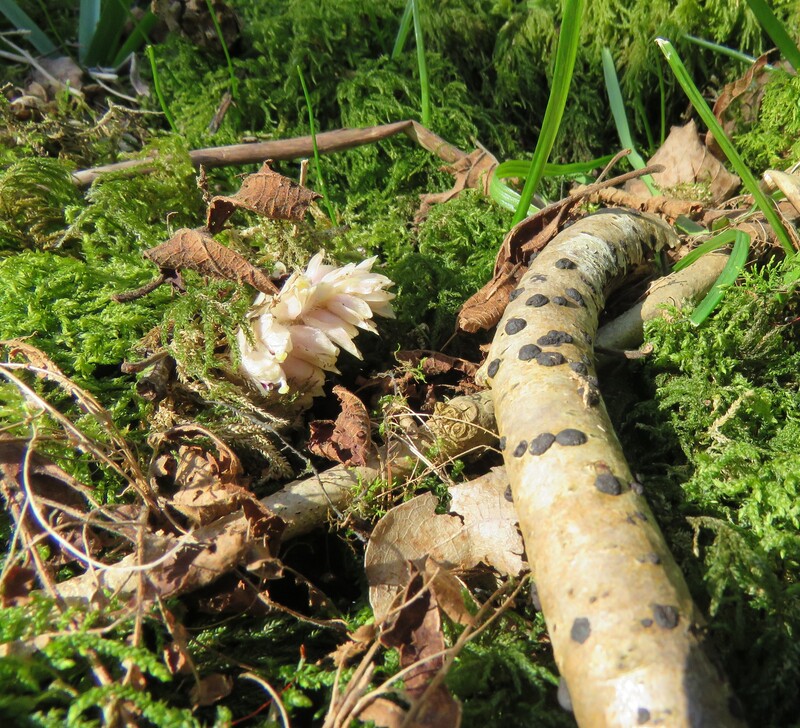
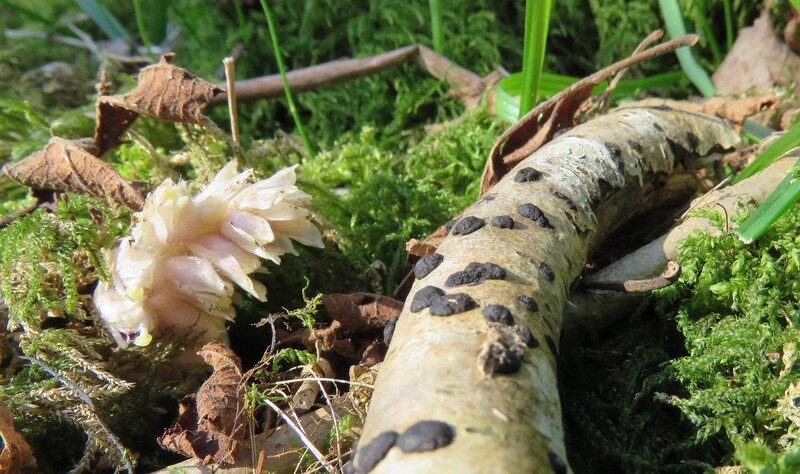

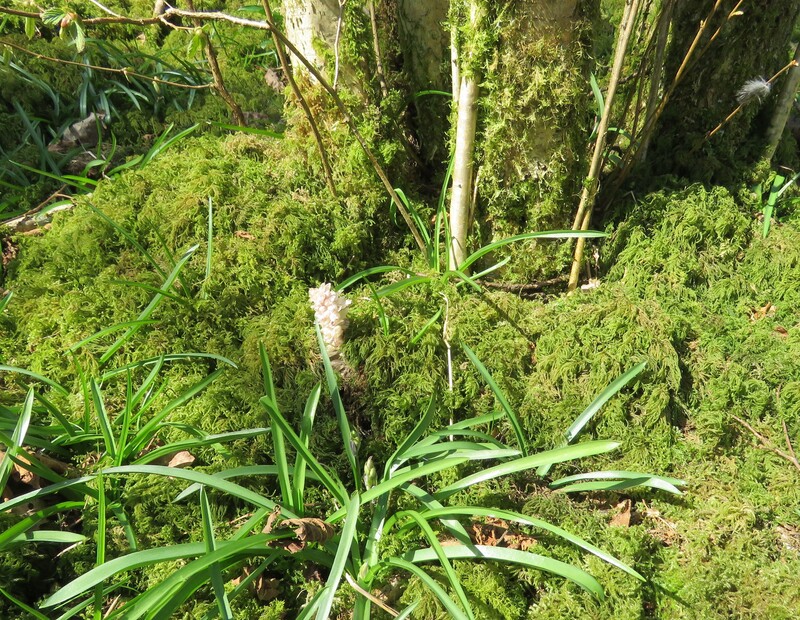
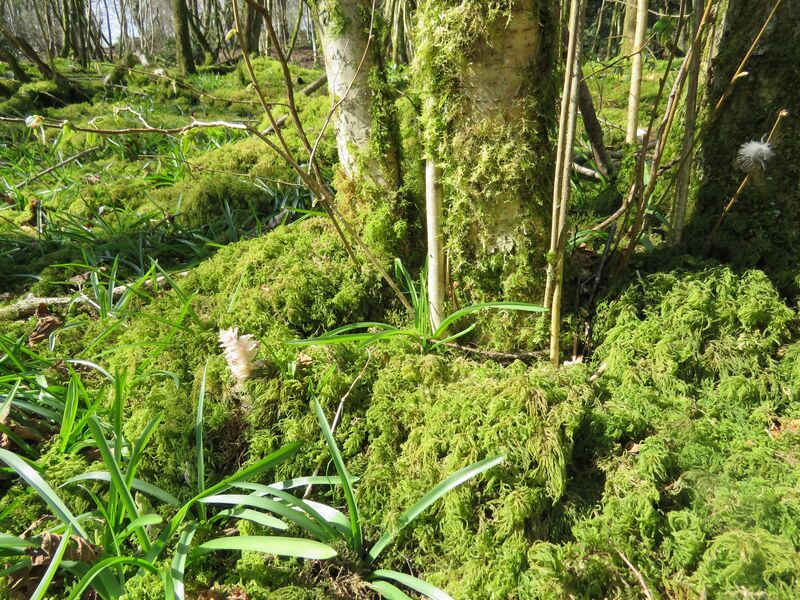
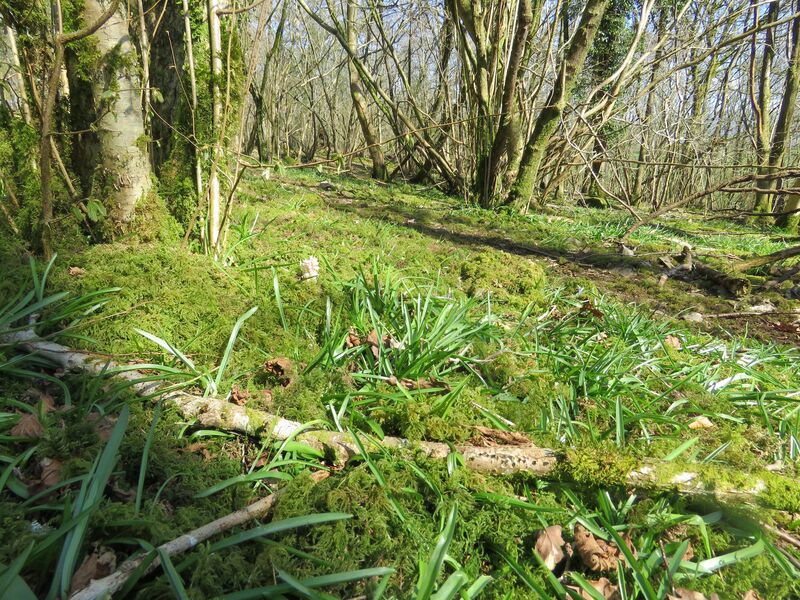
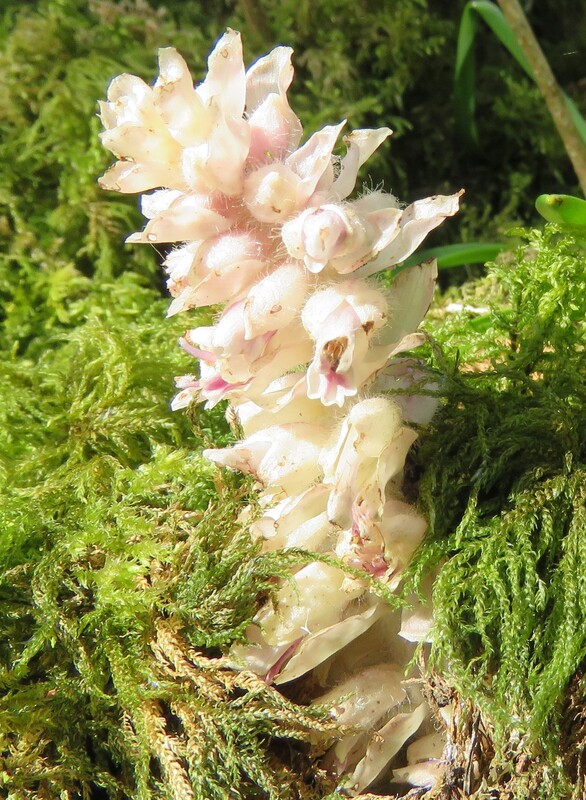
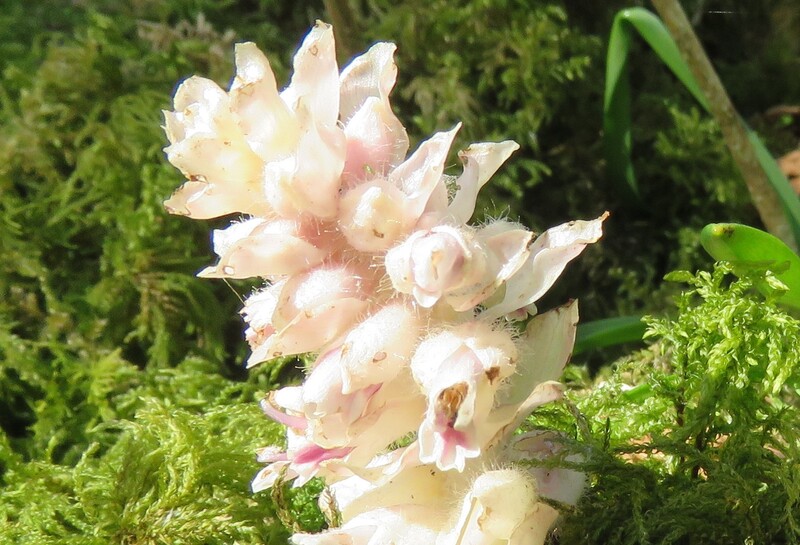
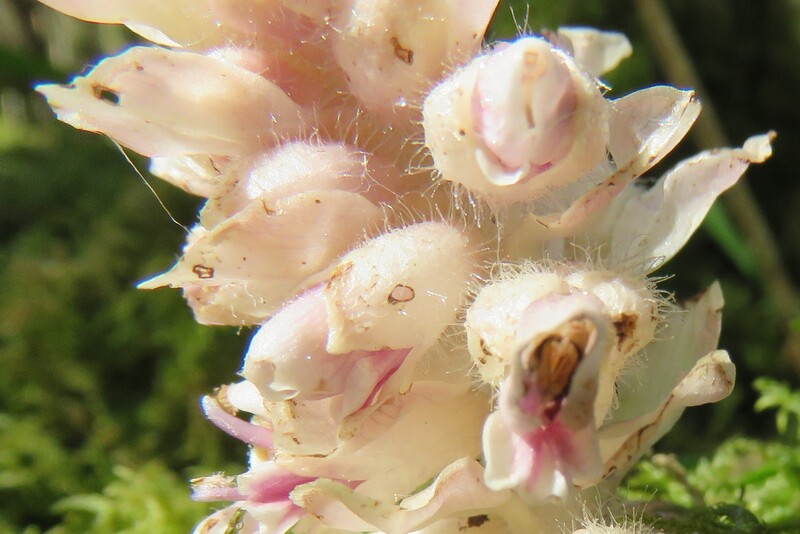
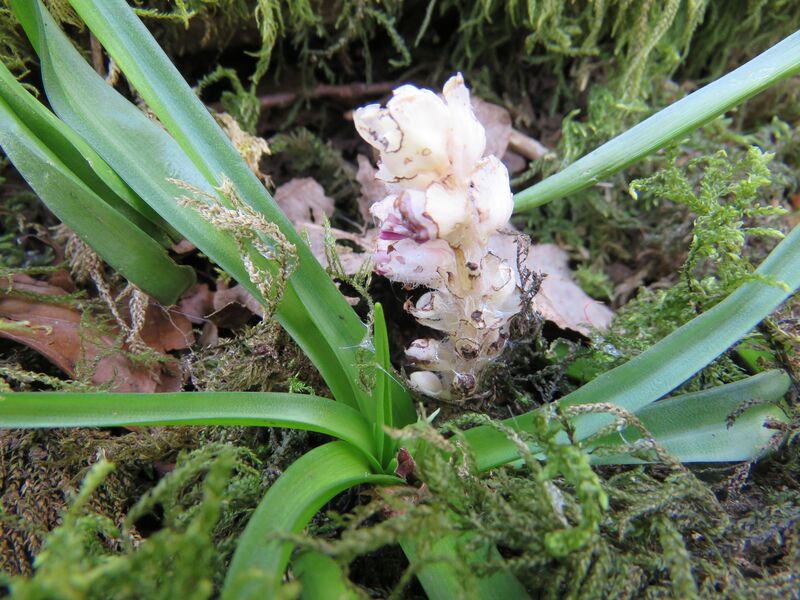
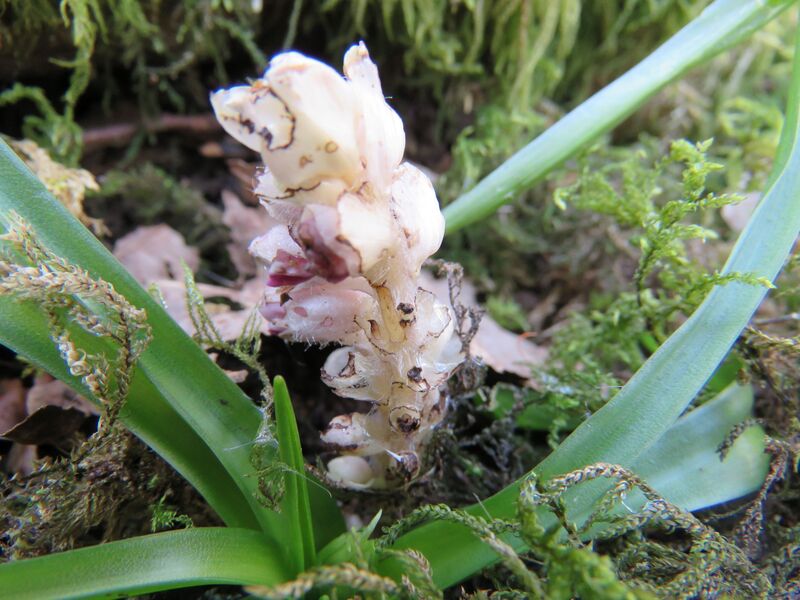
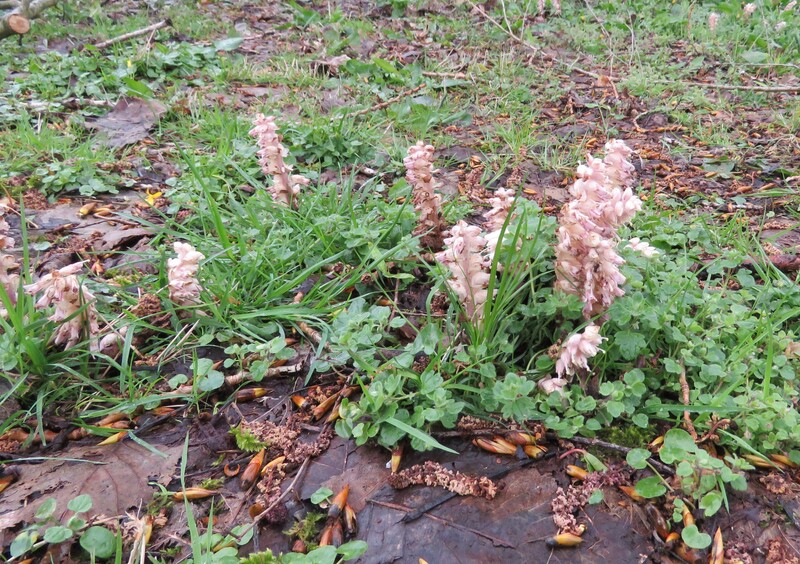
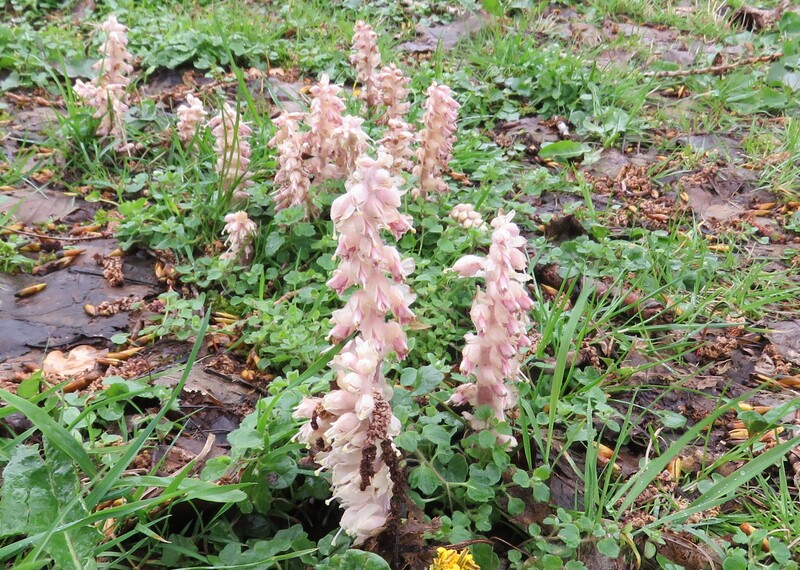
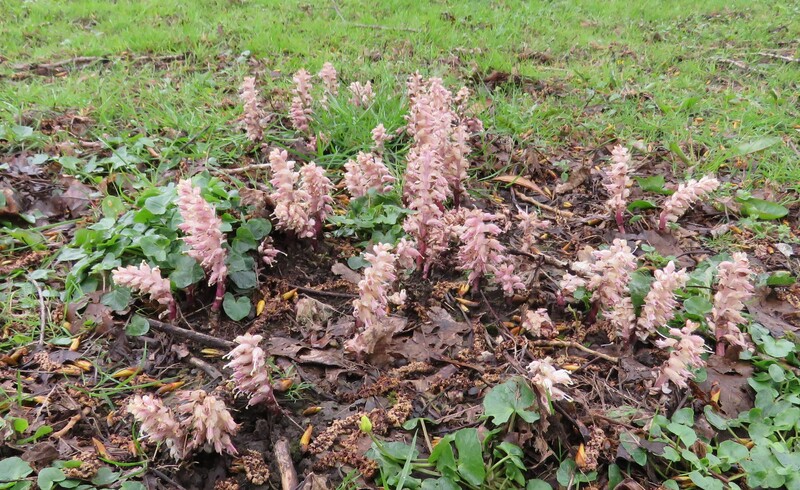
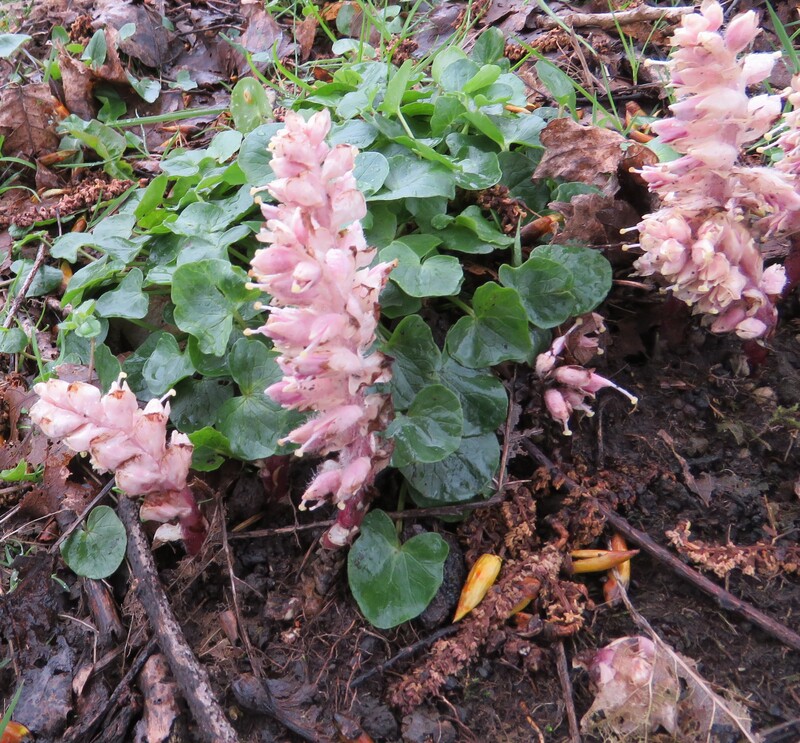
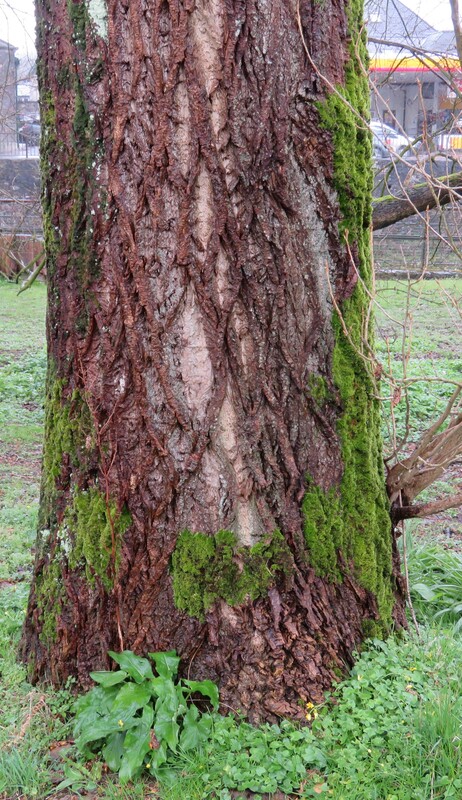
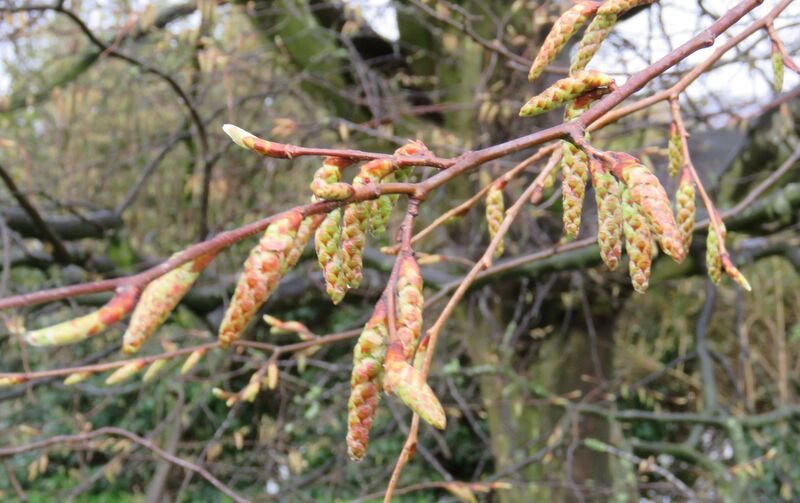
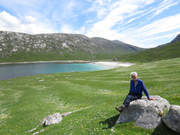
 RSS Feed
RSS Feed